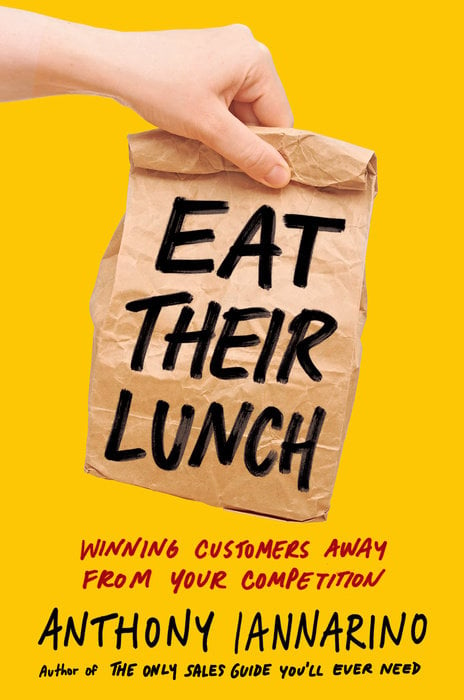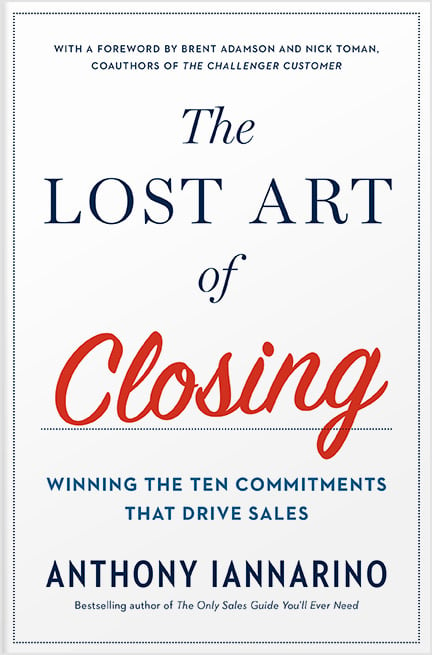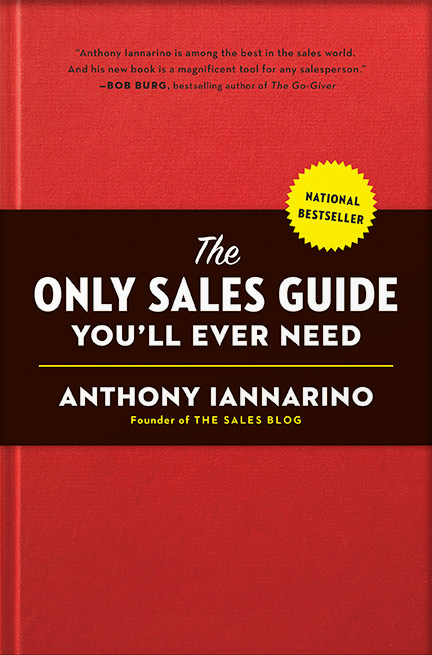The idea of “value creation” can be confusing. The word “value” itself can be nebulous, unclear. Value is also in the eye of the beholder; it is a perception. In sales, however, we can define “value creation” with some significant level of clarity, with a single question: How is your client better off?
The First Test of Many
If you want to know whether or not you create value for your prospective client in your first meeting, you need to answer only one question: “How is your client better off for having met with you and given you their time?”
Your sales approach begins with your very first communication with a contact from your dream client’s company. When your connection hears your pitch for a meeting, they are trying to determine whether or not you deserve their time and attention. When you ask to “stop by” to “learn a little about you and your company,” your contact is going to have a tough time recognizing how exactly they will benefit from the meeting. They’re also pretty sure what you will consider a valuable outcome from the meeting.
If you want to create value for your dream client in the first meeting, your contact has to leave the meeting better off than where they started.
You can brief them on the market conditions and trends that are going to have the most substantial impact on their business, an idea you will find documented in the first three chapters of Eat Their Lunch: Winning Customers Away from Your Competition. Providing them a view of threats and opportunities leaves them better than when you found them, as you armed them with new insights and your perspective.Win customers away from your competition. Check out Eat Their Lunch
Another way you create value and leave your contacts in a better position is by helping them understand why they are struggling to produce some result and the changes others have made to improve their results. Providing your contacts with ideas about what is going to be necessary to improve their results, they leave the meeting with ideas, and maybe even a vision of what is possible.
Your sales approach can’t result in your prospective client feeling as if you wasted their time, which is what dragging your contacts through your company’s “Why Us” slide deck tends to be inversely related to value creation.
The Second Test of Your Approach
To know whether your sales approach is valuable, you must be able to answer the question, “Did your approach help your dream client execute a process that was more valuable to them than what they would have done otherwise, and was it more valuable than your competitors?”
Every meeting after your first meeting needs to be equally valuable to the contacts engaged in your deal, or better stated, their initiative to change and improve their results. Because you work with your clients and prospects every day, helping them improve their results, you have the greater knowledge about what is required, including the conversations and commitments your contacts need to make to make the right decision successfully. Successfully serving your clients here means negotiating a process that helps your prospective client make a good decision.
In The Lost Art of Closing: Winning the 10 Commitments That Drive Sales, you will find a framework for having consultative conversations about the commitments your dream clients need to make to pursue their initiative successfully and the better results they seek. Your guidance throughout that process is valuable when you prevent them from skipping conversations that are necessary to the results they want—even when it isn’t very easy to gain those commitments.No more pushy sales tactics. The Lost Art of Closing shows you how to proactively lead your customer and close your sales. 
Being consultative is not limited to the advice you provide your client around the right solution. To be genuinely consultative, your advice and counsel must start early and extend through the entire process.
The Third Test on the Value of Your Advice
Answering the question, “Was the advice you provided your contacts the right decision for them to make?
The ideal that most salespeople strive for is most commonly referred to by the moniker “trusted advisor,” something one should not call oneself. Instead, you must behave in a way that ensures your clients treat you as if they deserve the title. One of the most powerful ways to test your advice here is to ask yourself, “If I was unable to provide this solution and my competitor was able to do so, would this be the right decision for them to make?”
Few salespeople and sales organizations that believe and behave as if the fact that they have something to sell means that the person they are selling should buy it, even if it isn’t the right solution. Being a trusted advisor means providing your best advice, what is right, not what is easy. You are obligated to talk about the right solution, the right investment, and all that your dream client will need to do to produce a better result.
My friend, Howard Bloom, would tell you, “The truth at any price, including the price of your life.” You might think of this test of value creation as, “The truth at any price, including the price of your deal.”
The Fourth Test Is Your Accountability
Your clients are going to measure you against your promises. The question you need to be able to answer after selling your solution is, “How is your client better off having bought from you?”
In The Only Sales Guide You’ll Ever Need, you will find a chapter on accountability. When you sell and promise an outcome, you are responsible for ensuring you deliver it. When your dream client doesn’t realize the better results you promise, you are responsible. You have to make certain your client is better off having bought from you, something that extends beyond just the result.Learn Anthony's core strategies & tactics for sales success at any level with The Only Sales Guide You'll Ever Need
The test here, like the others, is a personal one. It requires that you follow through on your commitments and that you follow up to ensure your client is successful. It also means you intervene when they struggle, helping ensure your contacts have the resources and support they need to succeed. Many of your clients will have already experienced buying from a salesperson who sold them, only to disappear or vanish at the first sign of trouble.
Value creation includes both the outcomes and your care and concern after having made the sale.
The Fifth Test is Your Future Value
You created value from the beginning of your relationship and through to the flawless execution of your solution. “How is your client better off from continuing to work with you?”
If you want an ideal for selling well, consider this question as a prompt to get you started, “How do you sell well enough that you have an absolute right to your dream client’s next initiative, and specifically one you propose?” All things being equal, relationships win. All things being unequal, relationships still win. To make all things unequal, you never stop creating new value by developing a theory as to why your dream client should change, helping them make that change, and then building on that by helping them determine what comes next and why.
If you want to be a value creator, you have to ensure the contacts you serve are better off for giving you their time and taking your advice from the beginning of the process, all the way through to execution.

Get the Free eBook!
Learn how to sell without a sales manager. Download my free eBook!
You need to make sales. You need help now. We’ve got you covered. This eBook will help you Seize Your Sales Destiny, with or without a manager.
Download Now







.jpg?width=768&height=994&name=salescall-planner-ebook-v3-1-cover%20(1).jpg)


